Pulmonary embolism
Its the most accurate way to diagnose pulmonary embolism but. But the good news is that if it.

Pulmonary Embolism Explained Clearly Risk Factors Pathophysiology Dvt Treatment Youtube
It is the third most common cause of cardiovascular death and is.
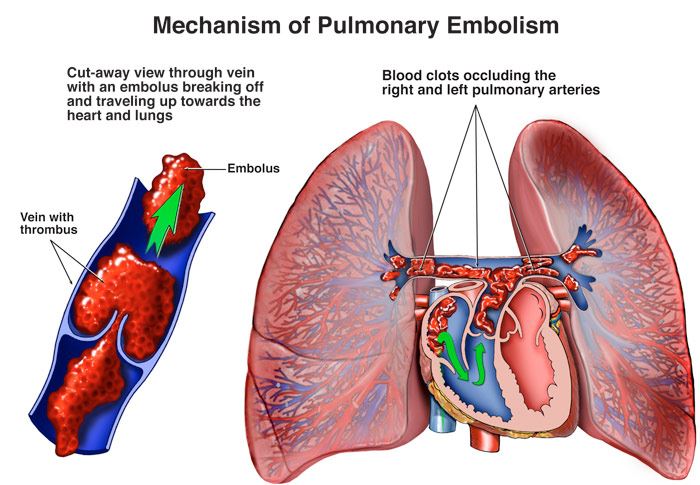
. A pulmonary embolism is a blocked blood vessel in your lungs. In most cases pulmonary embolism is caused by blood clots that travel to the lungs from deep veins in the legs or rarely from veins in other parts of the body deep vein thrombosis. The score is simple to use and provides clear cutoffs for the predicted probability of pulmonary embolism.
Making sure that blood flows freely can help prevent another blood clot. Pulmonary vascular occlusion occurs and impairs gas exchange and circulation. In most cases pulmonary embolism is.
In most cases the clot travels from the leg or another part of the body called deep vein. Its serious and can be life-threatening. Pulmonary embolism is a blockage in one of the pulmonary arteries in your lungs.
Pulmonary embolism can be life-threatening. Deep vein thrombosis can increase a. You feel pain in your chest or upper back you have difficulty.
A pulmonary embolism most often starts in your legs in one of the veins that brings blood to your heart and lungs. The score aids in. Pulmonary embolism PE is a common and potentially life threatening condition that doctors categorize as acute subacute or chronic.
Pulmonary embolism PE is a common and potentially deadly form of venous thromboembolic disease. Pulmonary embolism PE is when one of the arteries in the lungs gets blocked by a blood clot. It can be life-threatening if not treated quickly.
These embolisms affect an estimated 1 in 1000 people in the US. Because the clots block blood flow to the lungs pulmonar See more. A pulmonary embolism is a blockage in the pulmonary artery which supplies blood to the lungs.
Physicians have a low threshold to test for pulmonary embolism. See a GP if. In the lungs the lower lobes are more frequently affected than the upper with bilateral lung involvement being.
Pulmonary embolism affects around 1 in 1000 people in the US. A pulmonary embolism PE is a blood clot in the lung that has dislodged from a vein and travels through the bloodsream. Pulmonary angiogram This test provides a clear picture of the blood flow in the arteries of your lungs.
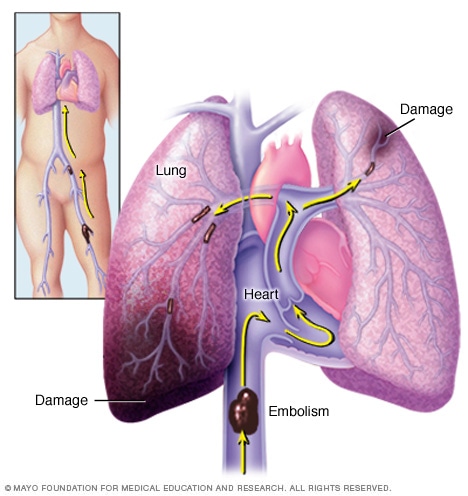
Pulmonary Embolism Symptoms And Causes Mayo Clinic
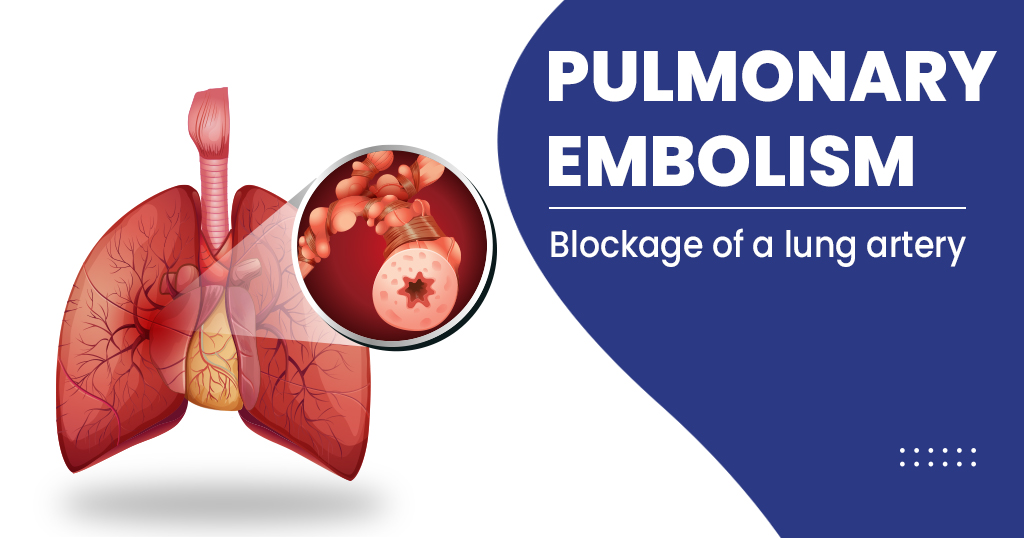
Pulmonary Embolism Causes Symptoms Risk Factors And More Star Health

Pulmonary Embolism L Diagnosis L Basic Testing L Treatment
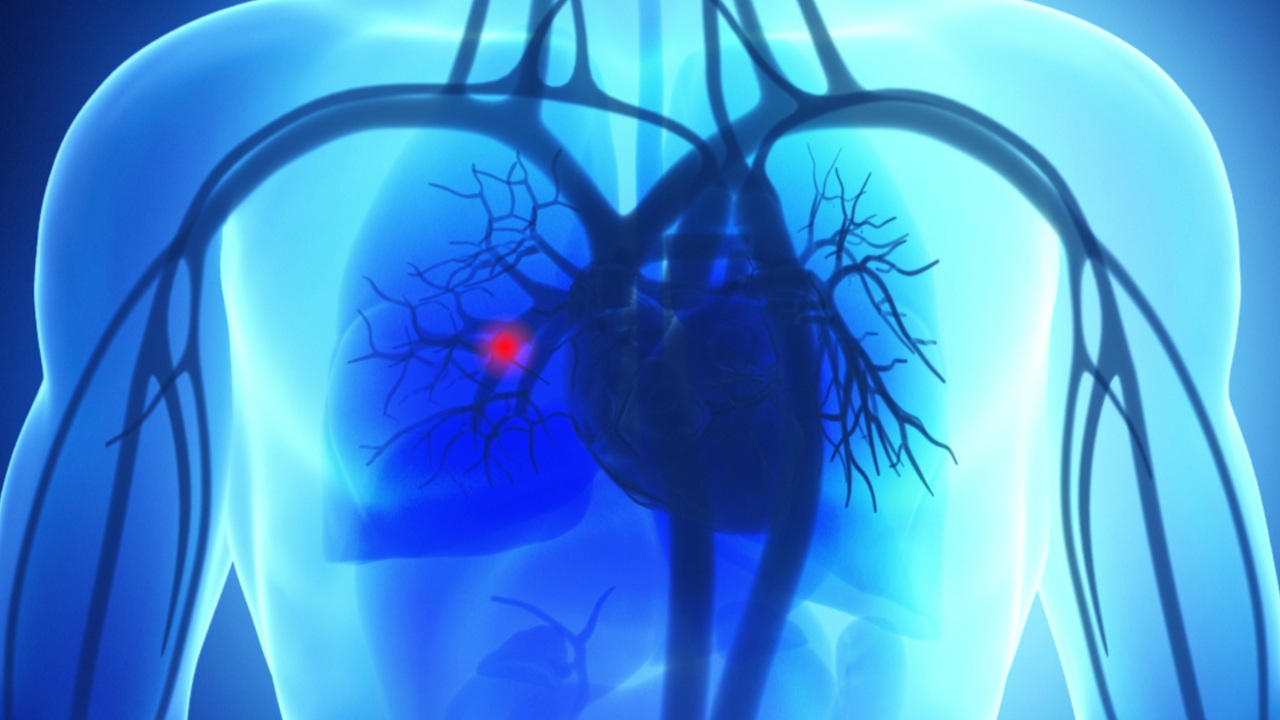
Pulmonary Embolism Johns Hopkins Medicine

Pulmonary Embolism Symptoms Causes Risk Factors

Pulmonary Embolism Cfch Centre For Clinical Haematology

Pulmonary Embolism Radiology Reference Article Radiopaedia Org
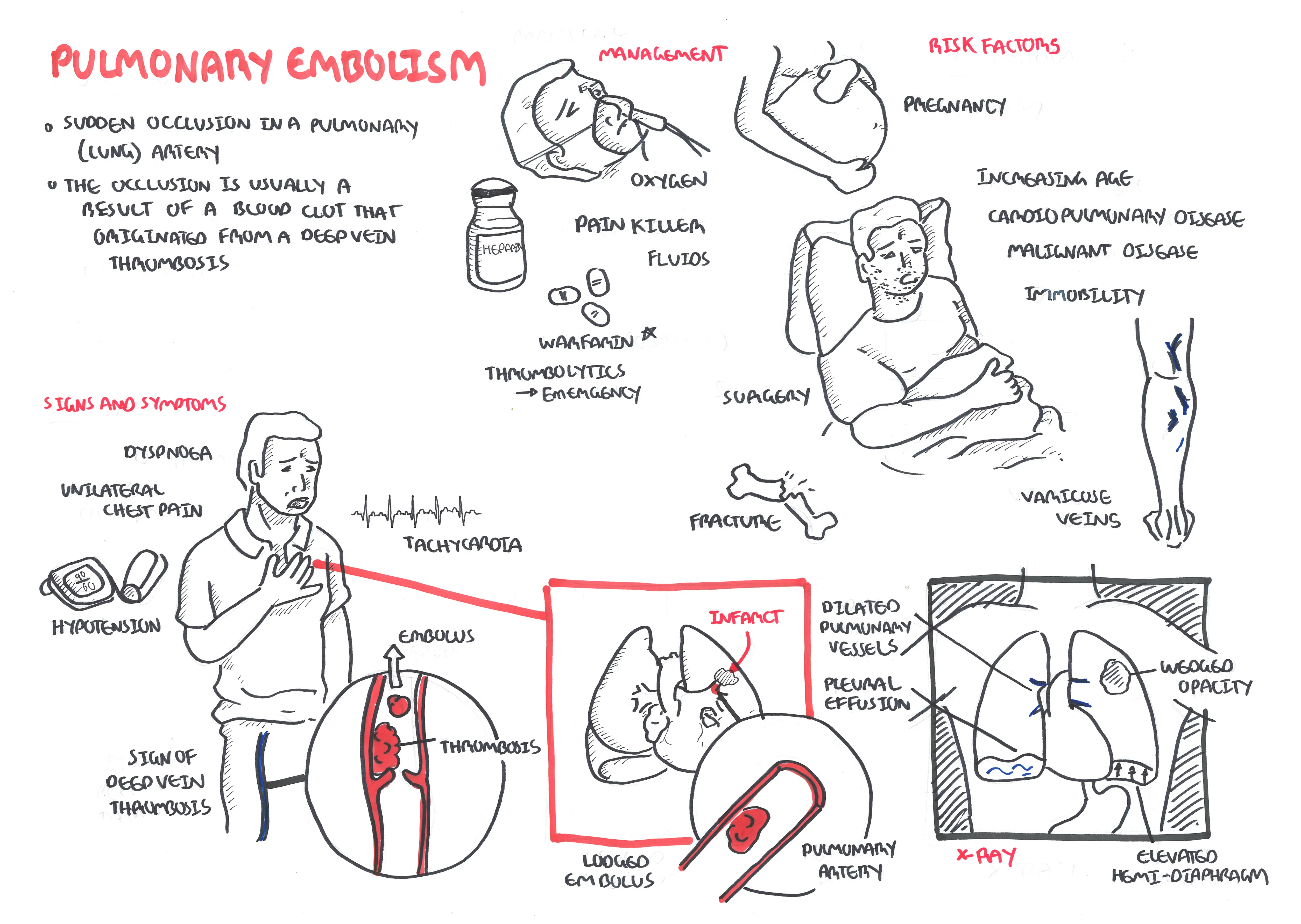
Pulmonary Embolism Armando Hasudungan

Saddle Pulmonary Embolism Causes Symptoms And Treatments
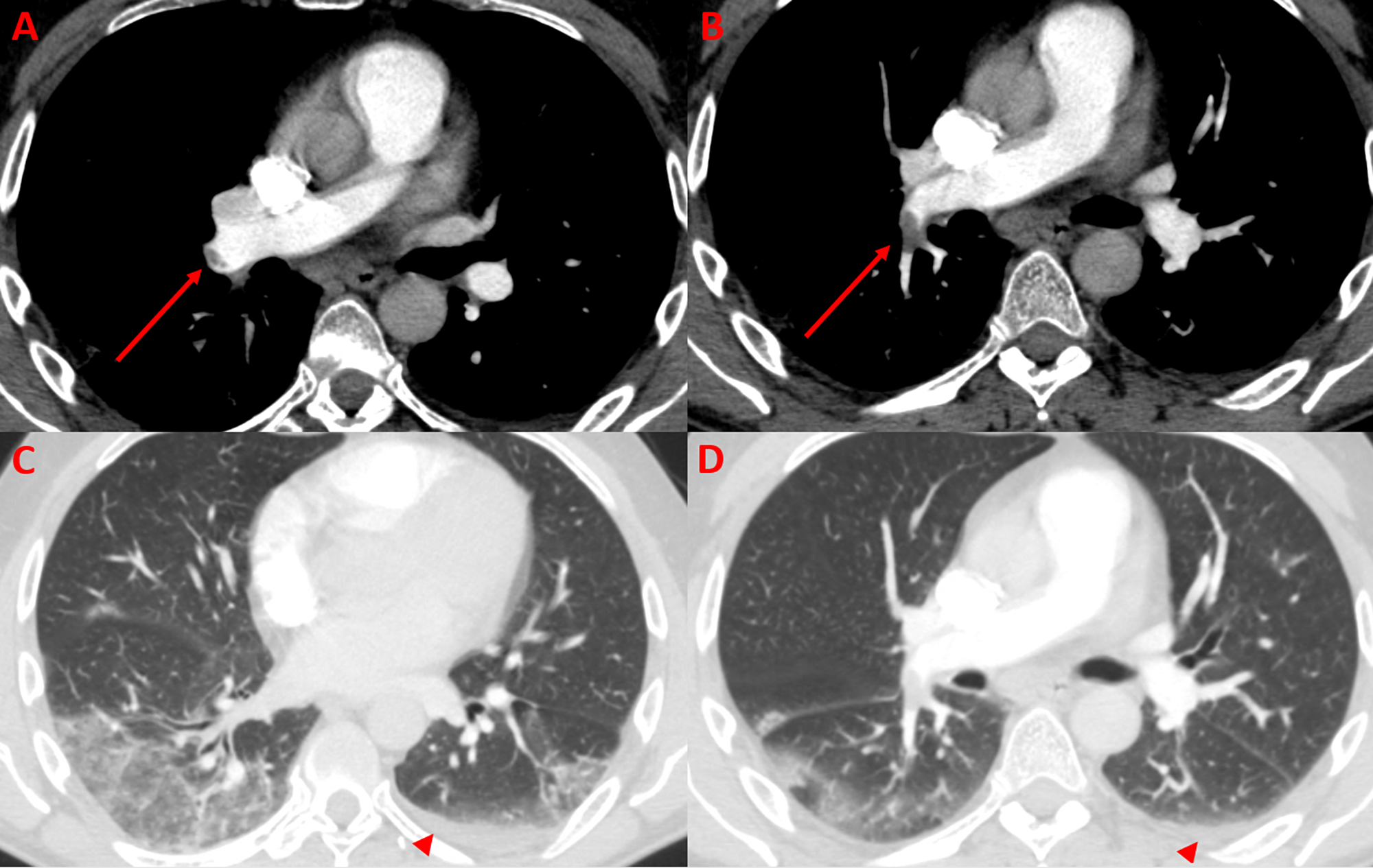
Cureus Coronavirus Disease 2019 Covid 19 Associated Thromboembolic Disease A Report Of Three Patients With Pulmonary Embolism
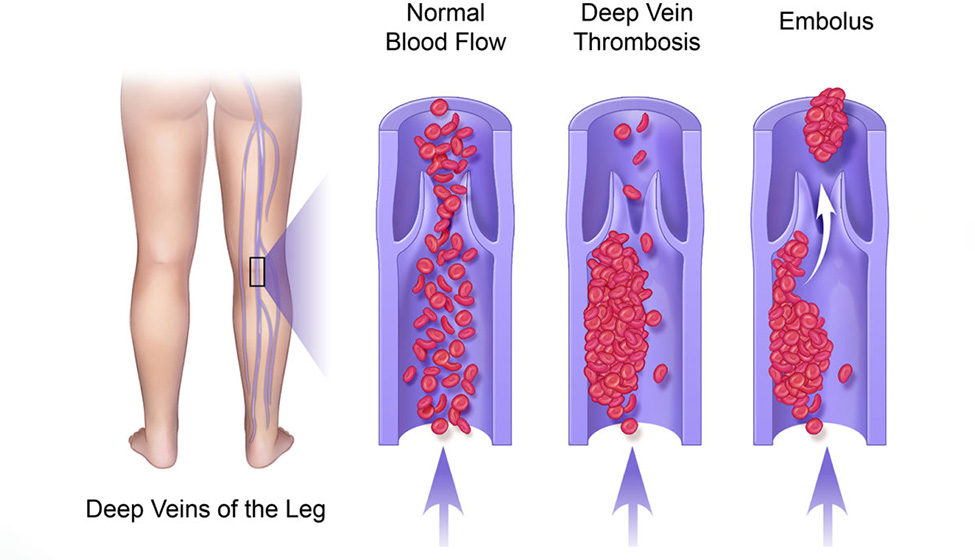
What Is Pulmonary Embolism American Venous Forum
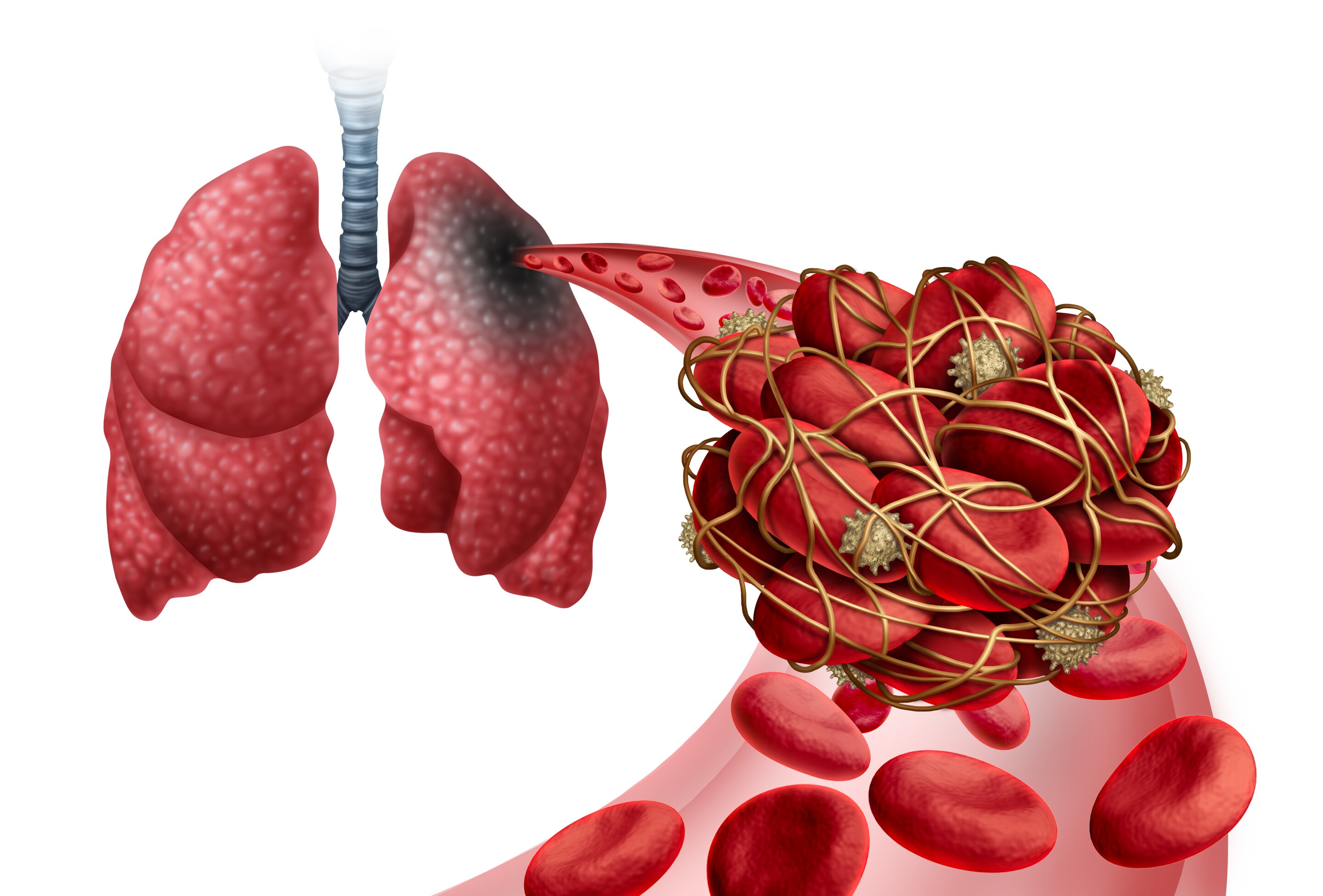
Risk Of Serious Blood Clot Events Spike In The Months After Covid 19

Acute Pulmonary Embolism 2 Treatment Heart

Diagnosis And Treatment Of Pulmonary Embolism In The Elderly Clinics In Geriatric Medicine
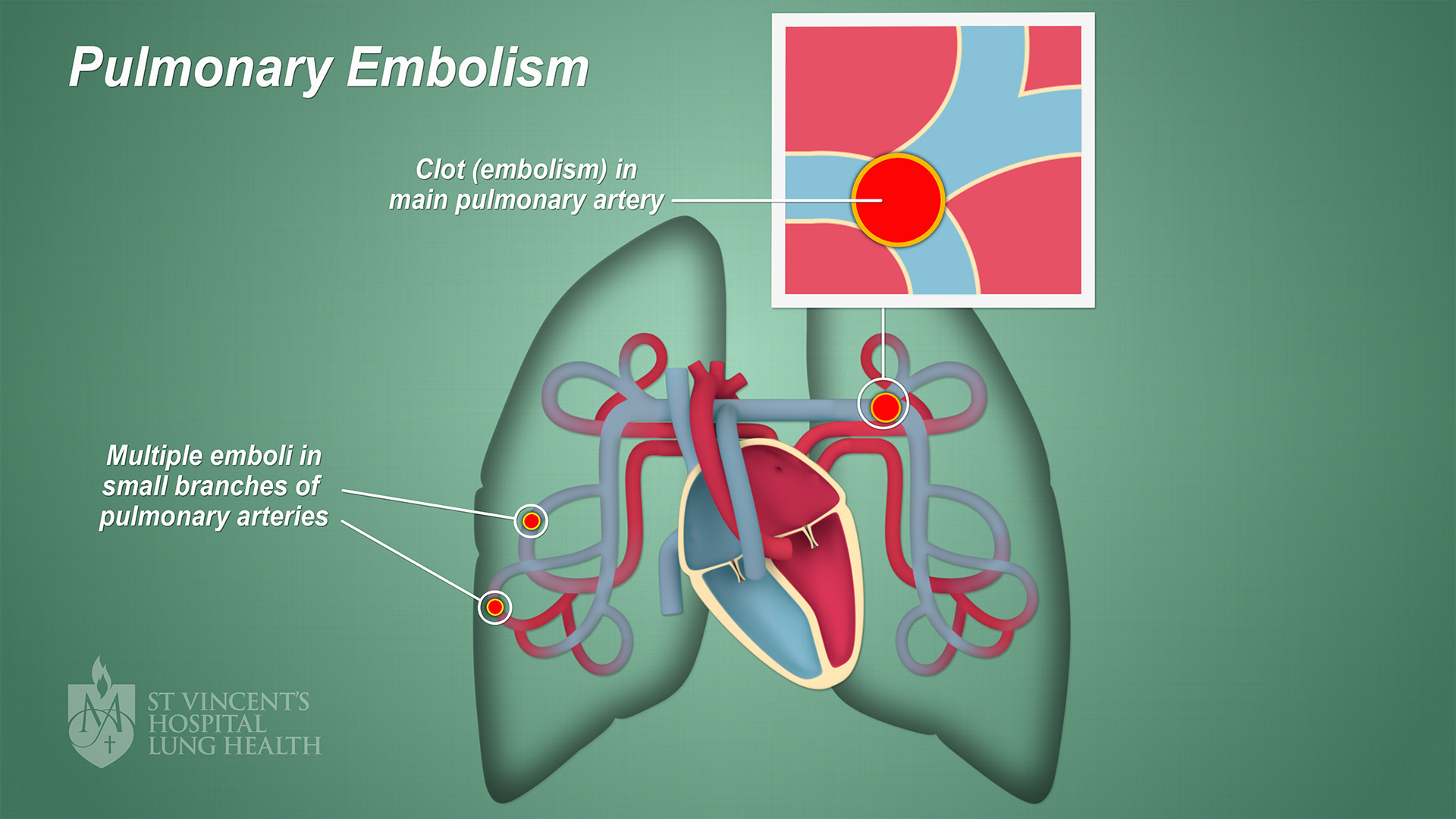
Pe Pulmonary Embolism St Vincent S Lung Health
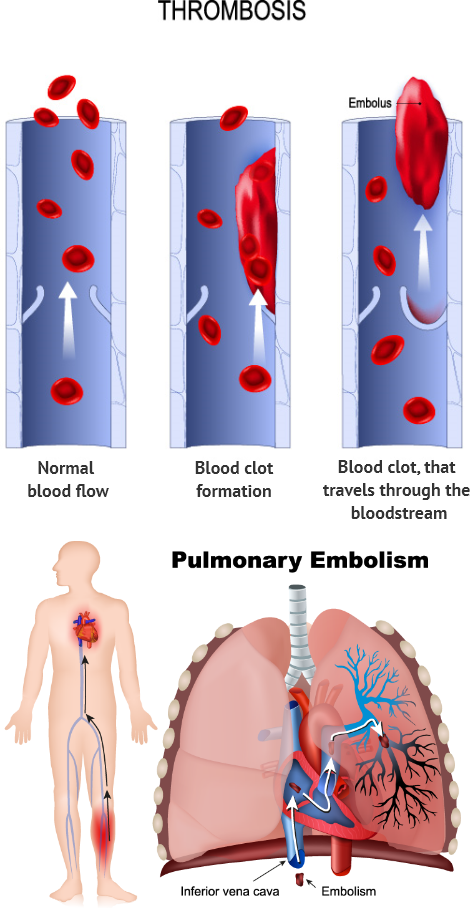
Deep Vein Thrombosis Pulmonary Embolism Elite Cardiovascular Group

Surgical Techniques Of Pulmonary Embolectomy For Acute Pulmonary Embolism Operative Techniques In Thoracic And Cardiovascular Surgery

/pulmonary_embolus_symptoms1-5ae1f414a474be00366ff6ae-a99bdb7a4e074568924d73da77ede765.png)